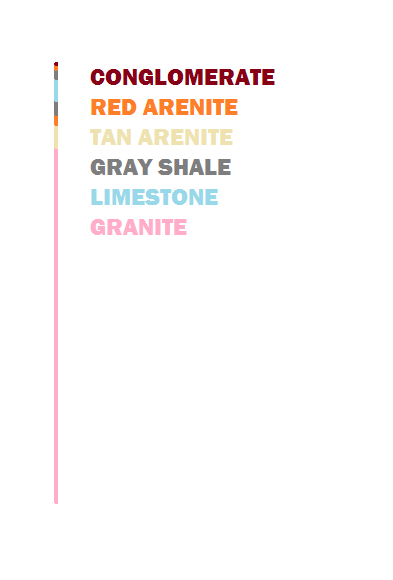I think it will work - as long as points are small, then we can approximate arcs by chords.
For plates, we can simply have sets of points that use the same quaternion for rotation, and points ‘in between’ plates could interpolate the quaternions of nearby continents (for the bending of mountain ranges, etc).
As for making and breaking ties, the rules don’t have to be very complicated to be realistic:
- There would be clumps of points (about the size of, say, France) which are always, always locked together – these are the cratons that form the cores of continents.
- Other continental points would sit between and around cratons, in layers 1-2 points thick, to form full continents.
- The rest of the points would be oceanic plate.
As for movement:
- Every craton would have its own rotation quaternion (we’d probably have to compute them using some average of nearby forces added to a random bias)
- If cratons are locked together in a plate, we average the quaternions, and use the result for all points on the continent
- we can also use the difference between a craton’s quaternion and the plate to compute a stress value which we use to decide if and how the plate will fracture
- I’m not sure how oceanic plates should be rotated – they tend to be more fluid, so we can’t just use the same quat for all. Maybe some interpolation would work, where an oceanic plate has a quat at the center and points near the edges have a falloff effect…
Anyway, I like the video, thanks for working on this!
